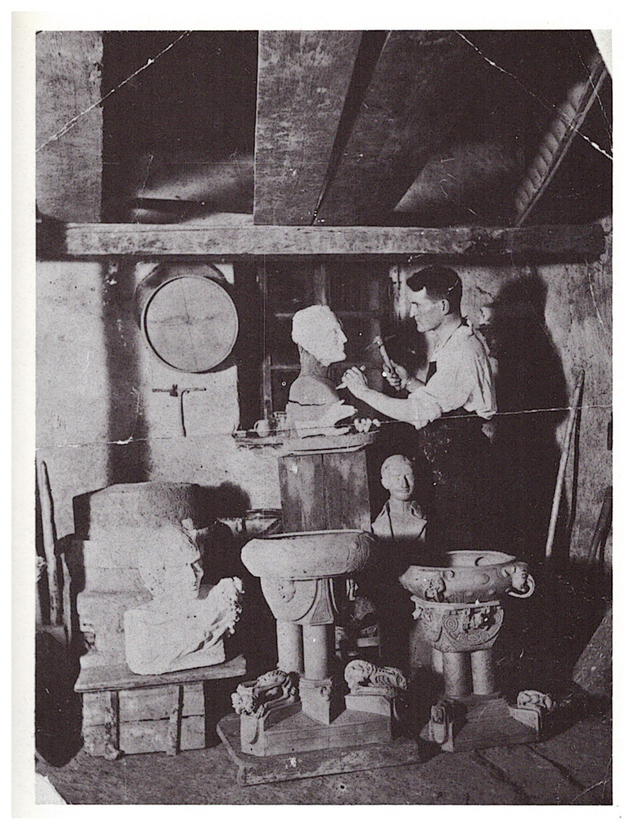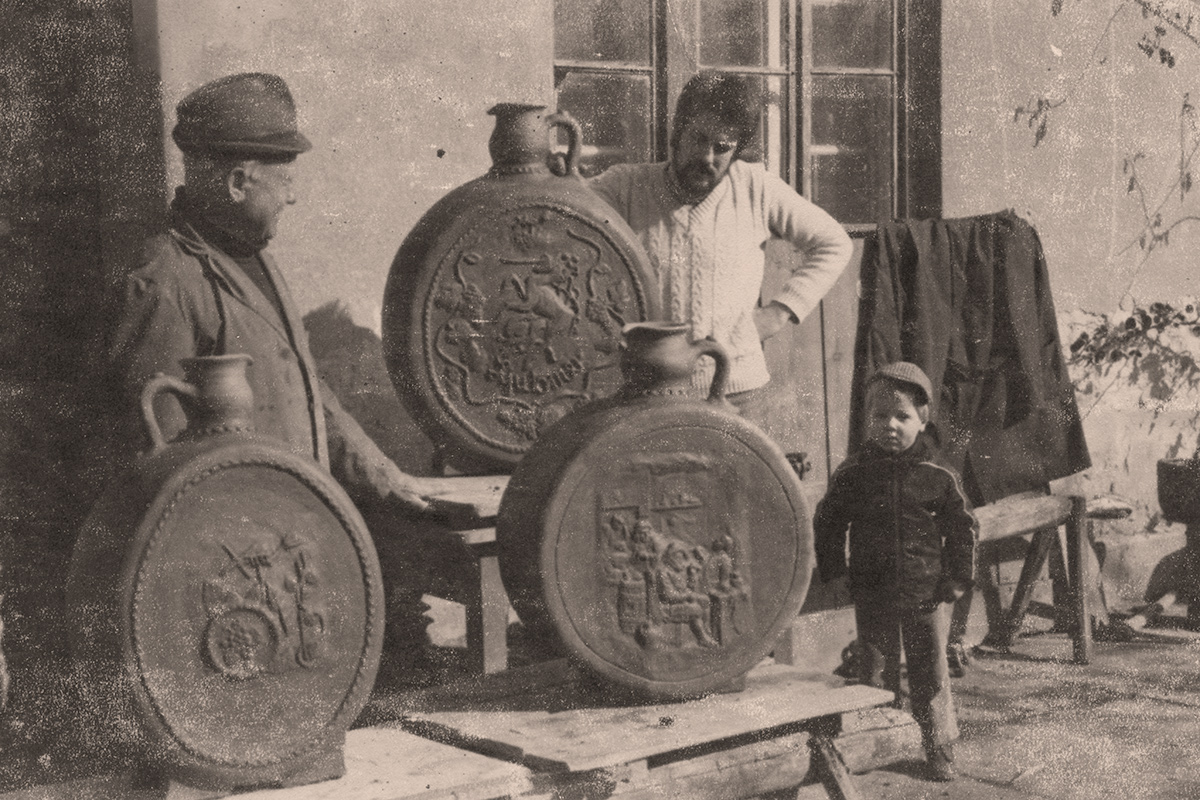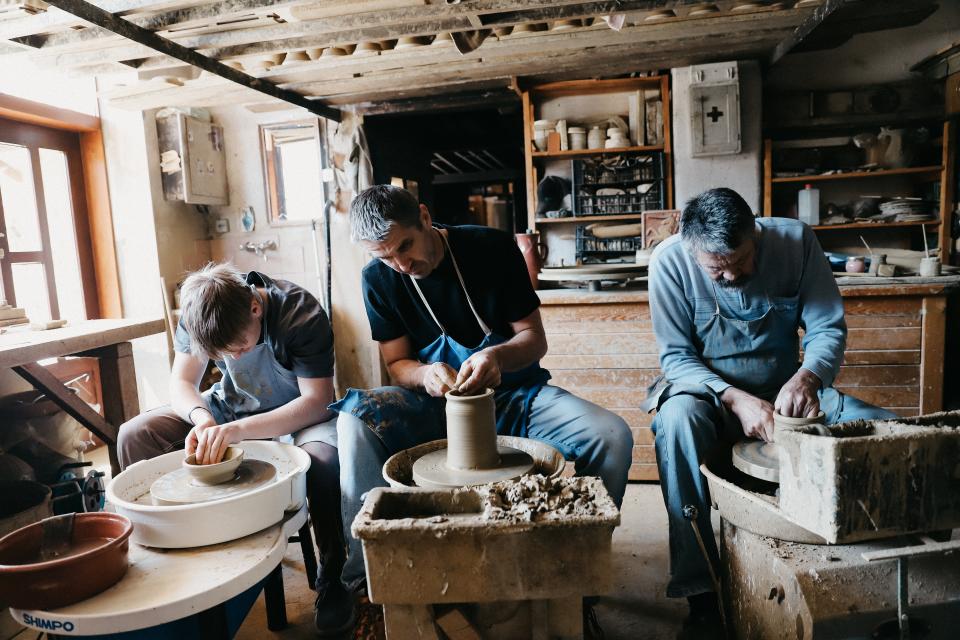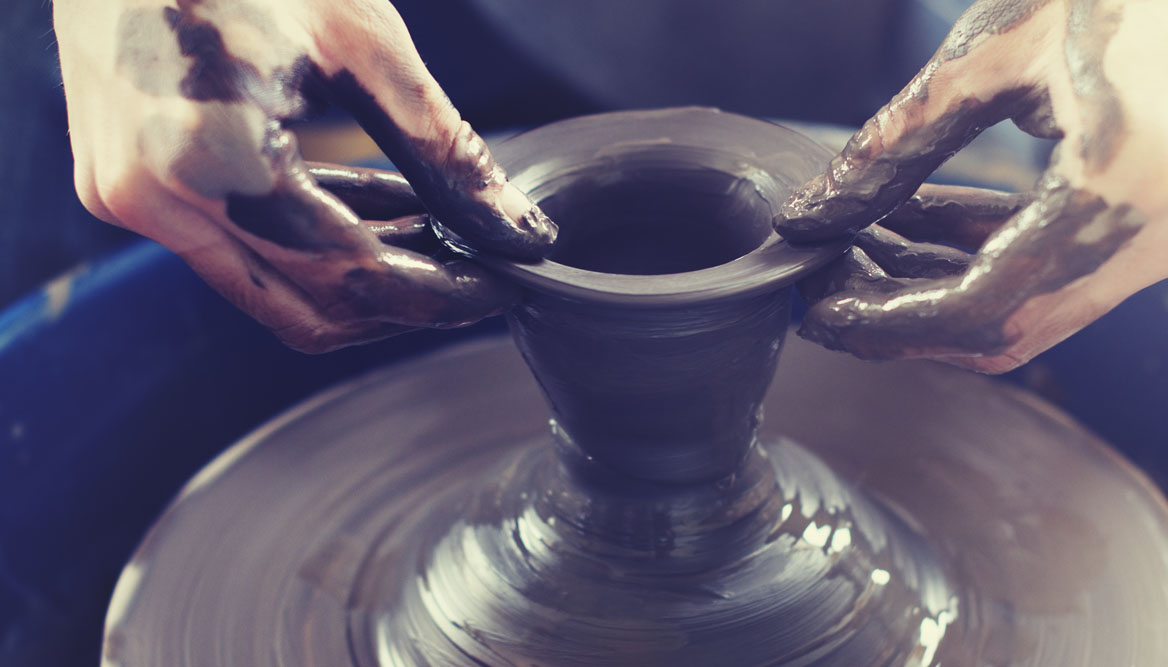Pottery tradition of Ljutomer




Pottery is one of the oldest crafts in Slovenia, as evidenced by numerous archaeological finds from
various historical periods. The oldest written evidence of pottery is said to have been preserved for
the Zadrečka Dolina area in 1340. Pottery developed in areas that are rich in clay. Ljubno na
Gorenjské, Komenda, Ribniška dolina, Šentjernejsko polje, Dravsko polje and Pomurje are famous as
the oldest pottery centers in Slovenia. The individual centers differed from each other in the type of
clay, technology, shapes and decoration.
Potters from northeastern Slovenia were known for their quality bowls, baking trays, baking trays for
meat and strong dishes, sour milk pots, cheese colanders, washing and cooking pots, large jugs for
storing vinegar, jugs for water and wine, and baking trays for cakes. In addition to their home
workshops, the main sales premises of potters were village, Trieste or city fairs. The potters of
Ljutomer broke away from the main guild in Graz on December 7, 1602. Archduke Ferdinand II
granted them a patent with rules. May 1603. It is known that in later centuries the Ljutomer guild
was also confirmed by Ferdinand III. (1645), Leopold I. (1660), Charles VI. (1713) and Maria Theresa
(1746). Potters who were part of the Lutomer guild had to adhere to a rulebook consisting of 58
points.
Among other things, they had to regularly participate in processions on the Feast of the Holy
Redeemer, Holy Mass on the feast day of St. Florian and on the day of St. Nicholas. On church
holidays, they were not allowed to burn dishes and fire in the oven. The master was able to open his
workshop when he submitted a certificate of passing the exam and a baptismal certificate. Before
being accepted into the guild, he had to successfully make five products: two large bottle-shaped
pots with lids, a pitcher, one button, and a "kahla" (oven) placed in a furnace. In addition, he had to
acquire the status of a market man, present 60 pieces of kitchenware to the mayor and donate four
wine glasses to the poor people in the hospital. The master could teach only one student or
apprentice at a time in the workshop. All assistants who wanted to become masters had to gain
experience in other Slovenian provinces for two years.
In 1751, the Ljutomer guild had seven masters. Four came from Ljutomer, and one each from Križevci
near Ljutomer, Cezanjevci and Radoslavci. A good hundred years later, in 1859, the number of
masters increased to twelve. Two assistants and three students were also registered that year. In
1946, eleven potters were registered in the Ljutomer District Chamber of Crafts. In 1959, seven
pottery factories were listed, namely in Ljutomer, Noršinci, Šalinci, Radoslavci, Sitarovaci,
Ključarovaci and on Stara Cesta. With the exception of the Žumans, who had an assistant and an
apprentice, the masters did the work themselves. At the end of the 20th century, the Žuman family
was the only pottery family that continued to preserve the rich tradition of pottery in the Ljutomer
area.
Today, a good number of potters in Slovenia continue the rich pottery heritage, technologically and
functionally adapting it to modern times. The activity of modern potters is still mostly connected with
old pottery centers and clay deposits. The holders of this activity continue the decades-long tradition
of family heritage.
In the Ljutomer region, the pottery tradition is preserved by the Žuman family, which can boast of
almost 150 years of activity. The Žuman family has been passing down the pottery craft from
generation to generation since 1874. Saša Žuman is already the fifth generation of potters in the
family. Pottery skills were handed down to him by his father Branko Žuman and grandfather Karel
Žuman, who opened his workshop in Ljutomer in the 1970s. Karel was the first potter in Slovenia to
set up a shop and gallery of his best products next to his workshop. The processes of making pottery
products have not changed significantly since the 19th century, when the Žuman family started
working with pottery, until today. The family has been digging clay in Lukavace, near the old brick
factory, for several decades. Every year, they accumulate about two tractor-trailers worth of clay,
which they store over the winter at home in a landfill. Frozen clay is ground in the spring in a special
mill with two rollers that flatten the clay into a one millimeter thin layer. The clay is then kneaded
and mixed, and depending on the product, a certain amount of water is added. Kneaded clay is
formed into lumps of different sizes, depending on the individual product. They begin to form a
precisely measured amount of clay on an electric potter's spindle. The molded products must then
dry well. Drying can take from one week to one month, depending on the thickness and size of the
product.
This is followed by the firing process. The first brandy or biscuit firing takes place at 800-900 ˚C and
lasts 12 hours. About 2 m3 of firewood is used for this. The second, glaze firing takes place at 1000 ˚C
and lasts 15 hours. They use 3 m3 of firewood for this kind of brandy. The most suitable "soft" wood
for firing pottery is spruce, alder or birch. After the second firing, they leave the products in the kiln
for another two days to cool down well. Then they are coated with lead-free transparent glazes that
contain pigment additives. The Žuman family manufactures various baking pans, jugs, handles, butter
jars and "dükles" for pickling milk.